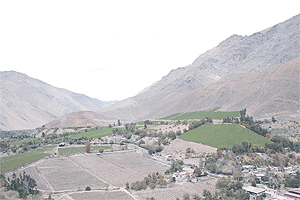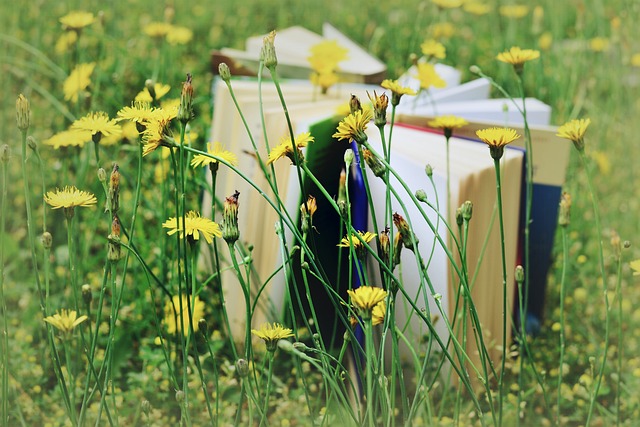Atacama has great tourism potential, but it has not been visited or explored very much.
According to the Statistics Unit of the National Tourism Service (Sernatur), in 2007, out of the 2,245,576 foreigners that entered our country, only 1,995 visited this zone.
It is also worth pointing out that this region presents the fewest amount of tourist lodging (108), rooms (1,770) and beds (3,701).
Attractions of Copiapo
This city id the regional capital and has some interesting spots that tourists can visit:
– Plaza de Armas Arturo Prat: it is the city’s main attraction because it is one of the few plazas in Chile that has maintained its original dimensions and location almost exactly, which date back to the founding of the city in 1774. In addition, it counts with over 80 pepper trees that were planted after the Pacific war (1883).
– La Copiapo Locomotive: it is the oldest locomotive in South America. It took its first trip on December 25th, 1851, between the port of Caldera and Copiapo. It is currently located in the gardens of the University of Atacama.
– Casa Viña de Cristo (Christ’s Vineyard House): this XIX century Italian neo-classical style mansion was commissioned by Apolinario Soto, owner of the Tres Puntas silver mine. It is currently part of the Extension Department of the University of Atacama.
– Catedral Church: it is located by the plaza and dates back to the mid XIX century. It has an English neo-classical style and its main trait is its great three storey tower. It was declared a National Monument in 1981.
– Railway Station: erected in 1854, it is currently a museum that shows pictures of the first railroad (La Copiapo). It was declared a National Monument in 1981.
– Railway Employees’ Building: it is a great colonial style building with several rooms. It was built around 1860 and restored in 1993. Nowadays, it houses the offices of the National Service of Geology and Regional Mining (Sernageomin). It was declared a National Monument in 1981.
– Belen Church: it was built by the Jesuits during colonial times and was restored in 1856. Its furnishings and adornments were brought from France and it currently belongs to the polytechnic school for girls that bears the same name.
– San Francisco Church: it was erected in 1872 using Monterey pine and Guayaquil cane coated in mud. Next to it, one finds the San Francisco del Valle convent (established in 1662). The blessing of the animals takes place every October 4th in front of the church.
– La Cruz hill: located at the end of Matta avenue, it owes its name to the fact that there is a 15 meters high cross at the top of the hill, which was set up by Franciscan priest Crisogono Sierra y Velasquez.
– Atacama regional museum: it was inaugurated on December 8th, 1973 and houses, among other things, a few objects that are representative of the mining boom and others that are related to the history of the Atacama I and II battalions, which fought in the Pacific war. In addition, it has a collection of photographs from the end of the XIX century and the early XX century.
– Mineralogic Museum: it depends on the University of Atacama and is one of the most well-rounded museum of its kind in the world, for it contains one of the most varied collections of minerals (over fourteen thousand samples).
Copiapo valley
There are several places to visit in this zone, such as:
– Incan metallurgical center: also known as Villa del Cerro, it is located in the sierras 88 km from Copiapo. It is a smelter of Incan origin that dates back to the XV century and is split into three sectors: the housing of the smelters, the administration and control center, and the smelter, which counts with 26 braziers. It was declared a National Monument in 1982, the same year it was restored.
– Lautaro Reservoir: built at the end of the 1920’s, it is found 90 km from the regional capital. It is one of our country’s oldest reservoirs and is still in operation.
Currently, it stores nearly 27 million m3 and regulates the flows of the Manflas, Jorquera and Pulido rivers.
– Los Loros: it is a township located 70 km southeast of Copiapo. Its main activity is the production of grapes for export. It owes its name to the fact that, last century, there were great flocks of parrots.
– Amolanas Aqueduct: it is located 83 km from the town of Tierra Amarilla, at the foot of the Lautaro reservoir. It was built by Spanish workers in 1890 and functioned until 1928. It was declared a National Monument in 1983.
– Nancoto: a few attractions of this small village are its houses and its church, which were built under orders of mining entrepreneur Apolinario Soto, in 1870.
Alto del Carmen
It is a comuna (county) located in the Huasco valley, 42 km inland in Vallenar. There are several settlements and natural landscapes that stand out for their beauty. The best known ones are:
– San Felix: it is a town found 27 km from the Juntas del Carmen area. Its main attractions are its plaza, where there are two busts, one honouring Gabriela Mistral and the other Jeronimo Gody (the poet’s father), the chapel of the Virgen de la Merced (built in 1924) and the Horcon Quemado pisco plant.
– Huascoaltinas Lagoons: they are located in the province of Huasco, some 80 km from the Juntas de Valeriano sector, almost at the border with Argentina.
– Casona de Huasco Alto (Huasco Alto Mansion): it is located in the Juntas del Carmen sector and is one of the zone’s oldest houses. This adobe building dates back to the second half of the XIX century.
– La Cruz Hill Lookout Point: it is near the town of Alto del Carmen, and from here, one can take great pictures of the El Carmen valley.
– Colpe gulley: it is located in the Juntas del Carmen sector, in the El Transito valley. Diverse vegetables can be grown here due to the accumulation of water in winter.
– La Plata gulley: it is found in the high part of the tatul sierra, 33 km from Alto del Carmne. It is used for growing vegetables and grapevines due to its apt climate.
Huasco
This port is located 57 km west of Vallenar, in a bay surrounded by hills. Its main attraction are its beaches, perfect for swimming and water sports. A few stand outs are Carrizal Bajo, Tres Playitas, Chica and Grande.
At Tres Playitas and Los Toyos, there are ample areas with summer homes and camping sites.
Cariizal Bajo beach, which is 40 km north of Huasco, was an important port in the XIX century, it was used for the shipping of the region’s mining production. Nowadays, it is only a small-scale fishing cove.
In addition, Huasco Bajo is found near this city, known for its olive and quince production.








